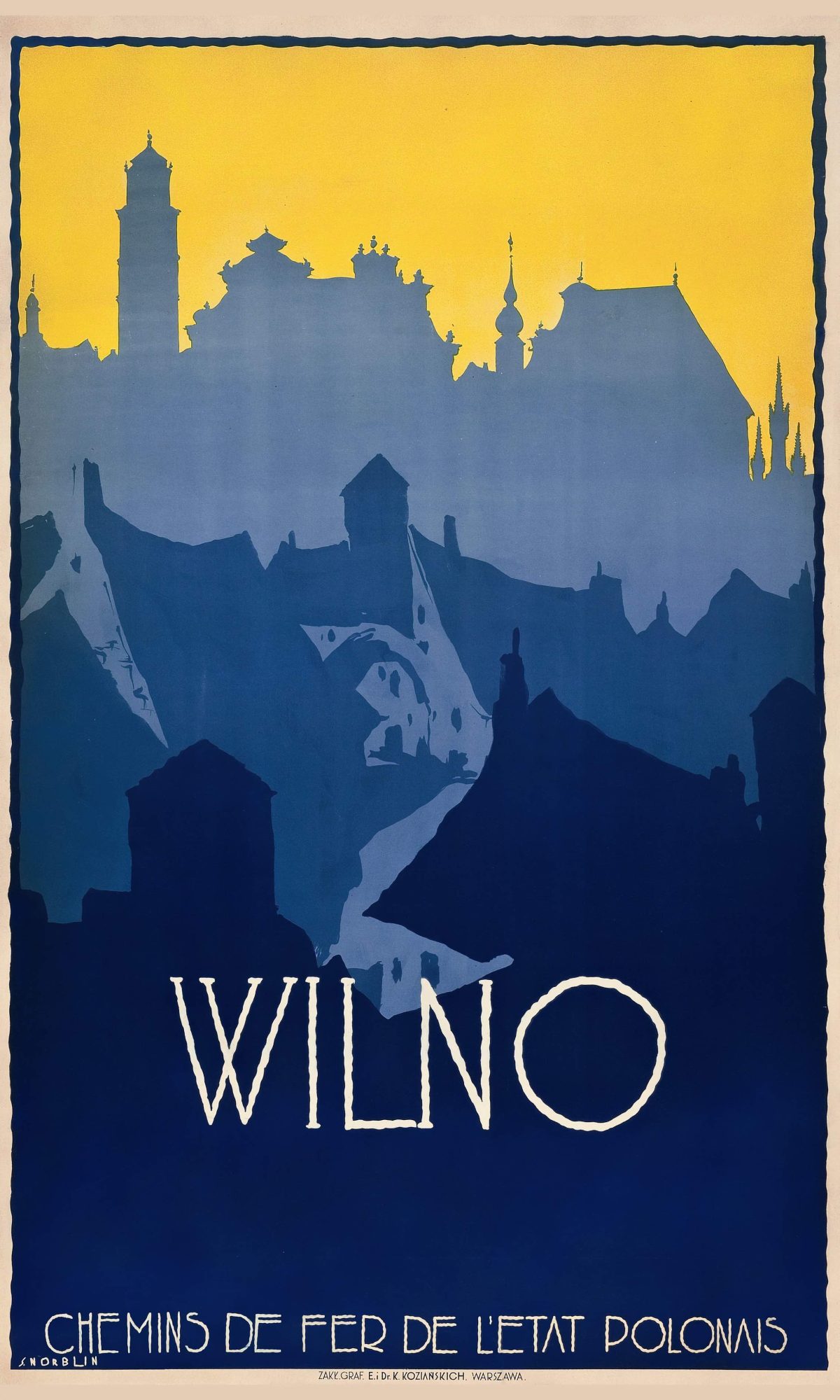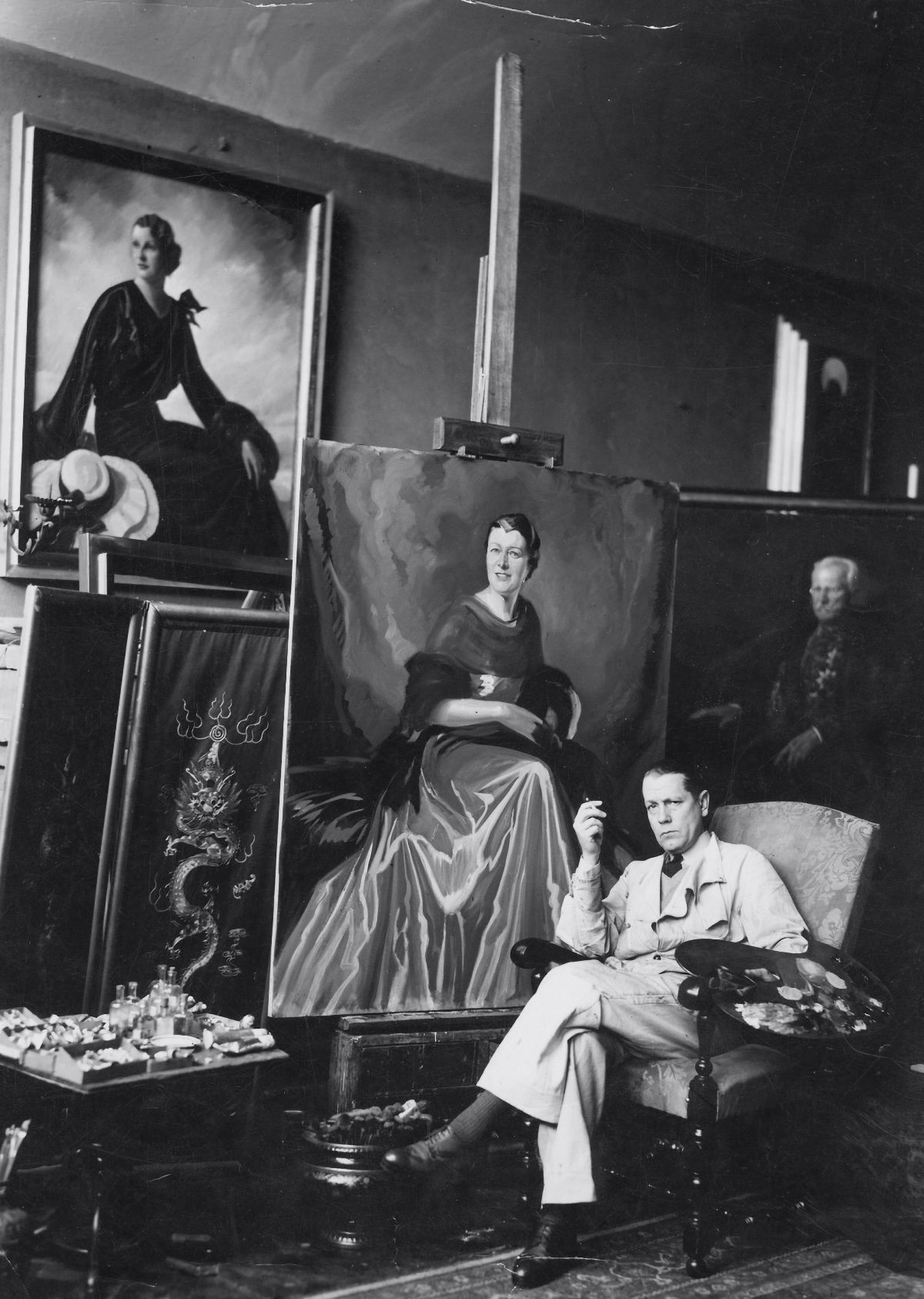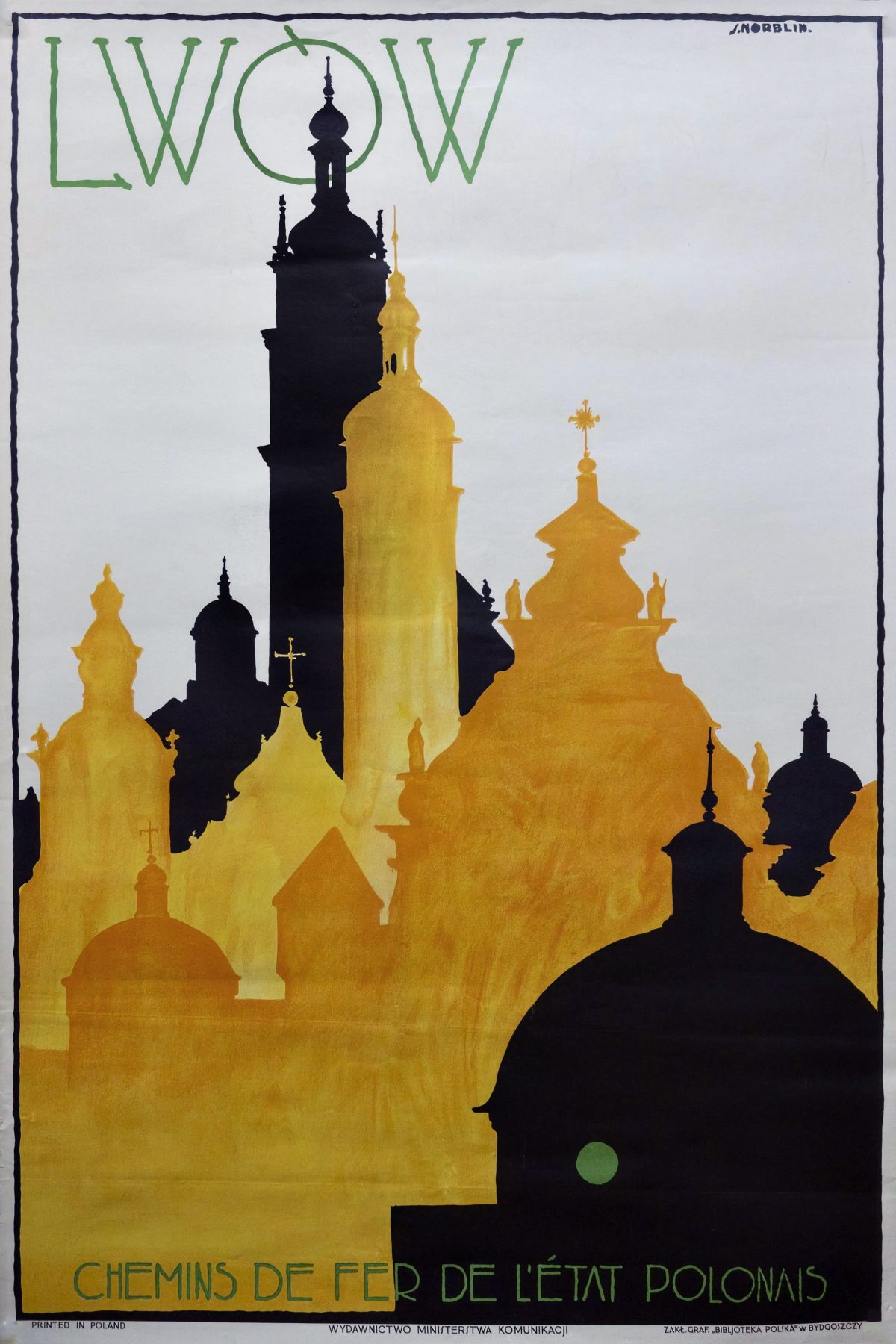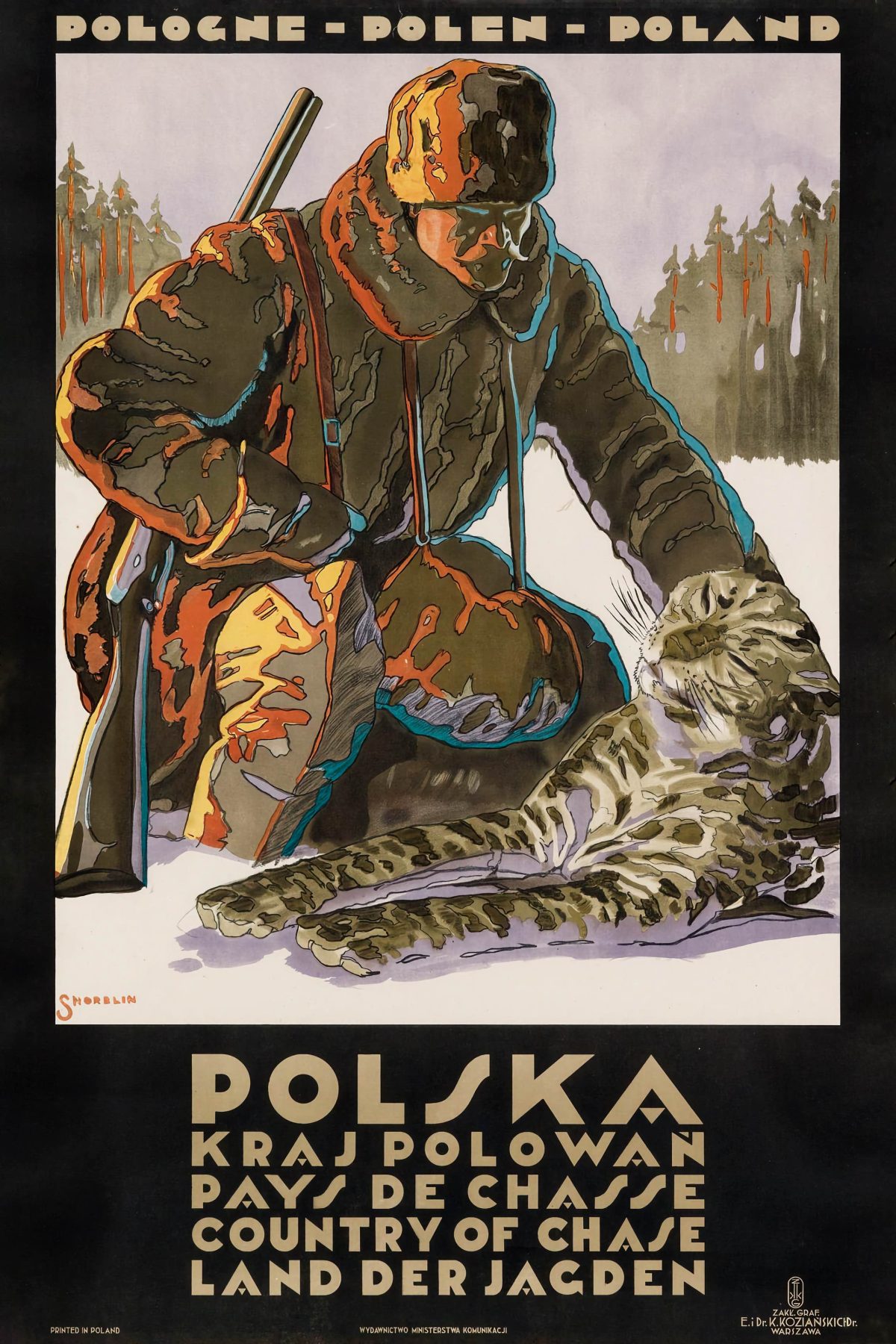The impressively named Juliusz Stefan Norblin de la Gourdaine, known for much of his life as the slightly more prosaic Stefan Norblin, was born on the 29th June 1892 in Warsaw. His father, a wealthy owner of a factory that produced silverware and industrial metal components, wanted and expected Norblin to eventually take over the family firm. So, after his schooling, Stefan travelled to Antwerp where he went to the Academy of Economy and Trade completing his studies there in 1910. He started working in a paper company but Norblin was spending all his spare time drawing and painting and it became obvious to most that he should follow in the footsteps of an ancestor of his, the 18th century painter, Jan Piotr Norblin.
Stefan’s first artistic exhibition took place at the Memling gallery in Amsterdam in 1913 after which Stefan moved between Paris and London producing illustrations under the alias “Count von Luxembourg”. During the Polish-Soviet War fought between 1919 and 1921 Norblin served in the Polish army as a translator. When the war ended Norblin settled back in Poland soon moving in the social and cultural circles of the artistic and intellectual elite of Warsaw. Norblin saw his artistic career take off His first wife was the actress Maria Modzelewska but in 1933 he married Lena Żelichowska, a dancer at the National Theatre and a popular film actress and with whom he spent the rest of his life. During the 1920s was acclaimed for poster design, paintings, commercial art and book covers and it was when he created these travel posters advertising Polish cities and regions.
In 1939 when the Nazis invaded Poland Norblin and his wife fled their much loved home in Warsaw and travelled through Bulgaria and Iraq to India where he had been commissioned to design the Art Deco style furnishings and to paint the massive murals for the Maharajah of Jodhpur’s new palace Umaid Bhawan. Five years later, in 1946, the Norblins travelled to San Francisco essentially in the belief that it would be good for their son’s health. In the 1950s Norblin started to have severe problems with his eyes and the prospect of not being able to continue painting became severely depressing and Stefan Norblin took his own life.
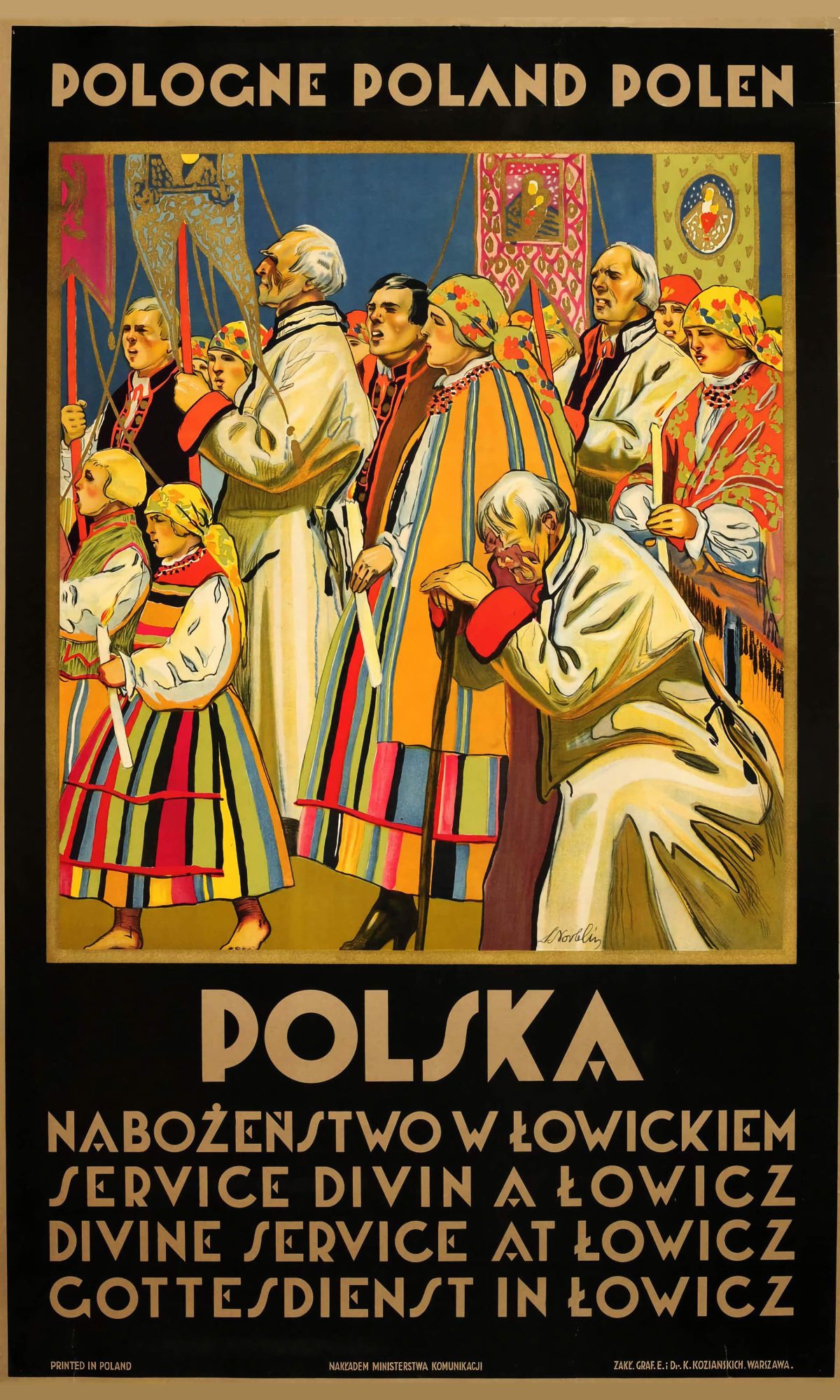
Polska Poland Divine Service At Lowicz by Stefan Norblin – 1925. Buy Stefan Norblin Prints in the Shop.
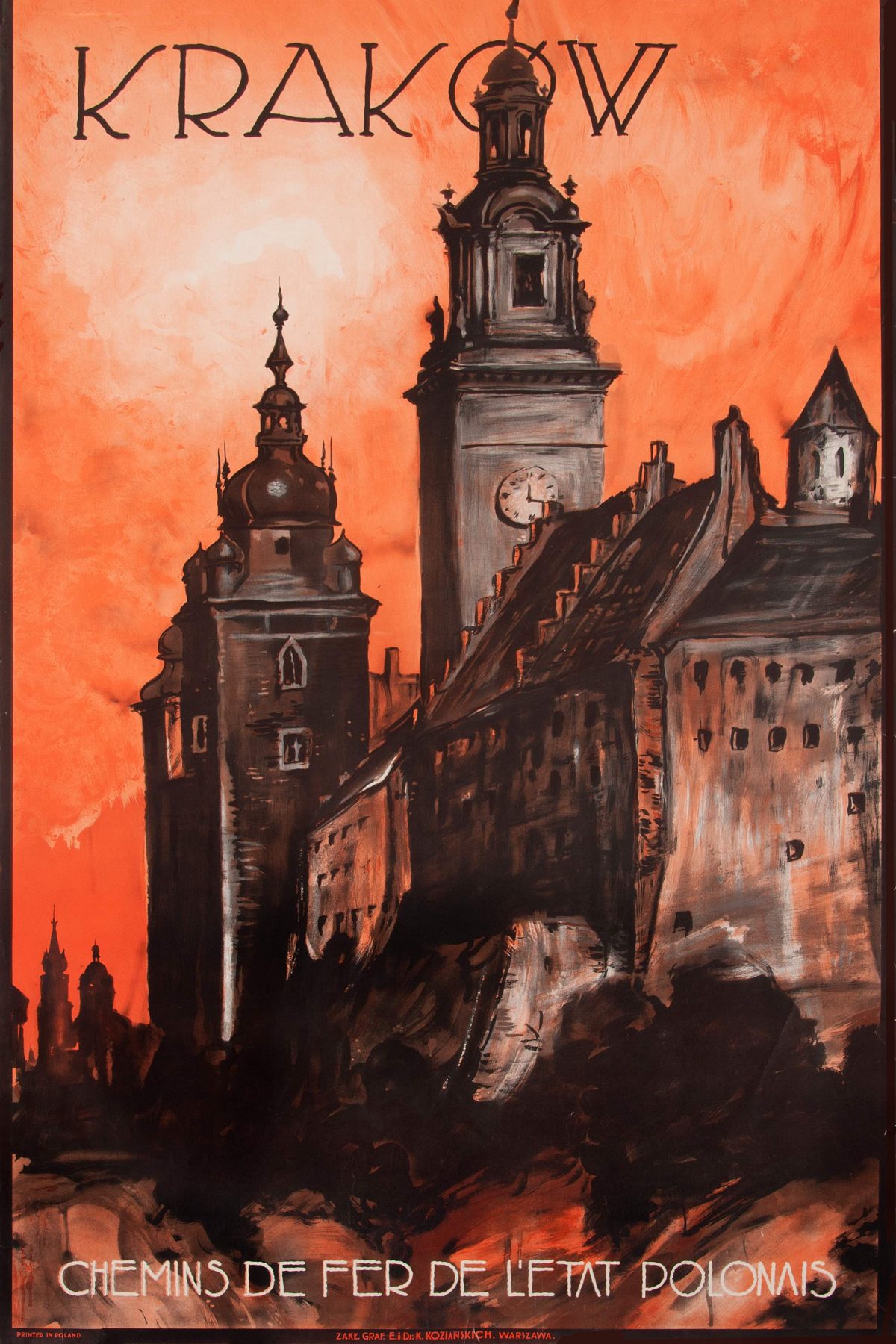
Kraków Chemins de Fer de l’Etat Polonais by Stefan Norblin – c.1935. Buy Stefan Norblin Prints in the Shop.
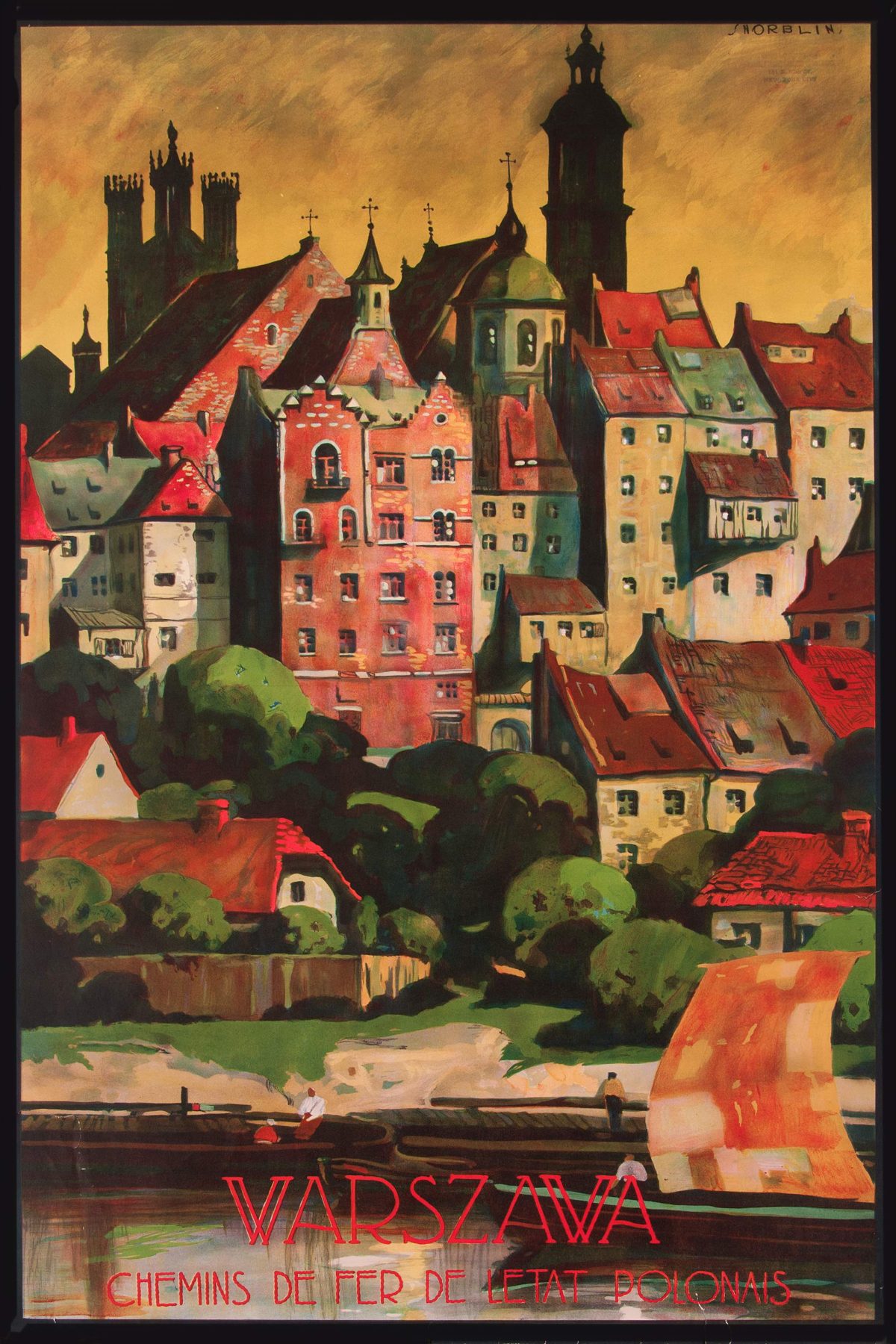
Warszawa Chemins de Fer de L’Etat Pononais by Stefan Norblin – c.1925. Buy Stefan Norblin Prints in the Shop.
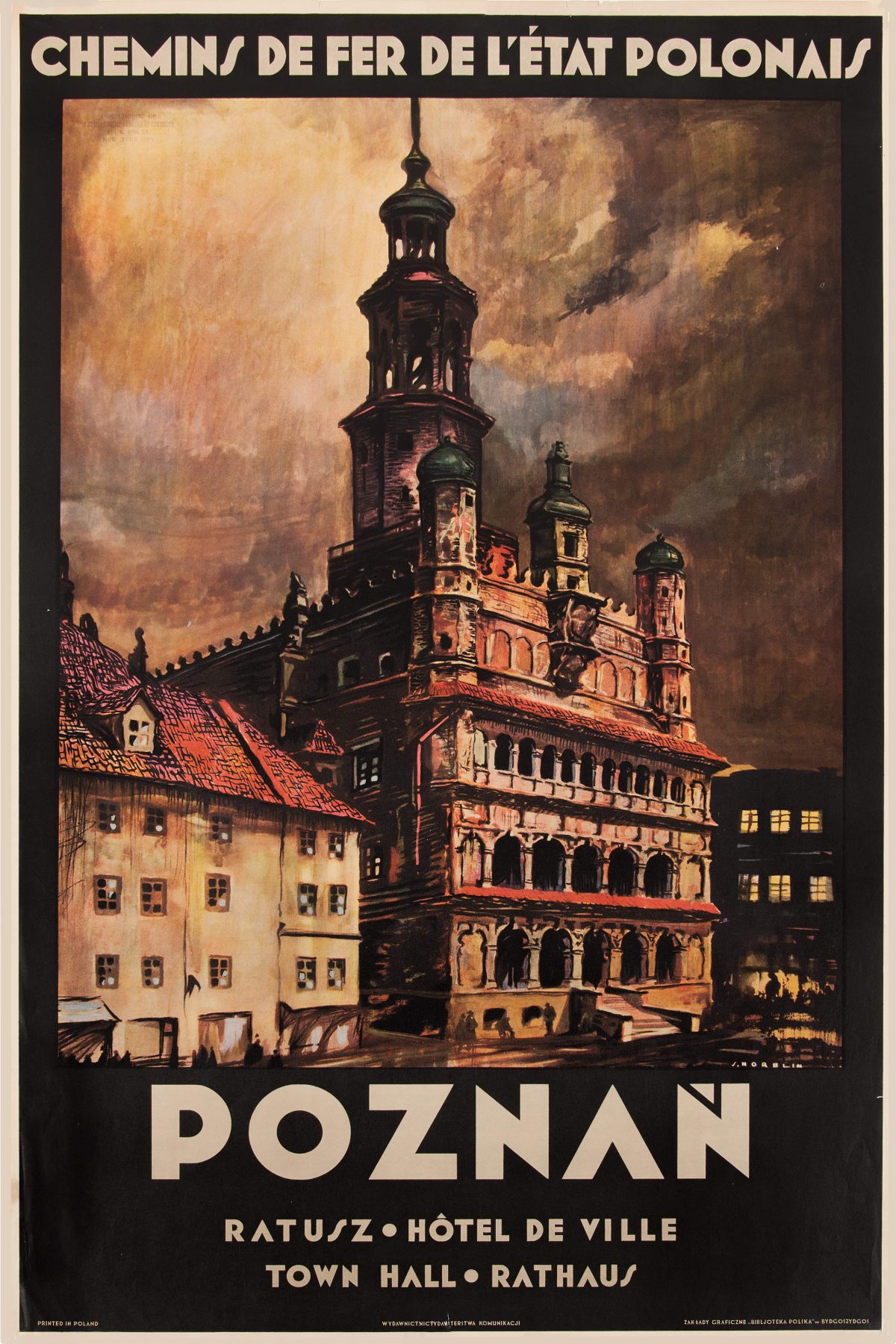
Poznań Chemins de Fer de l’Etat Polonais by Stefan Norblin – c.1930. Buy Stefan Norblin Prints in the Shop.
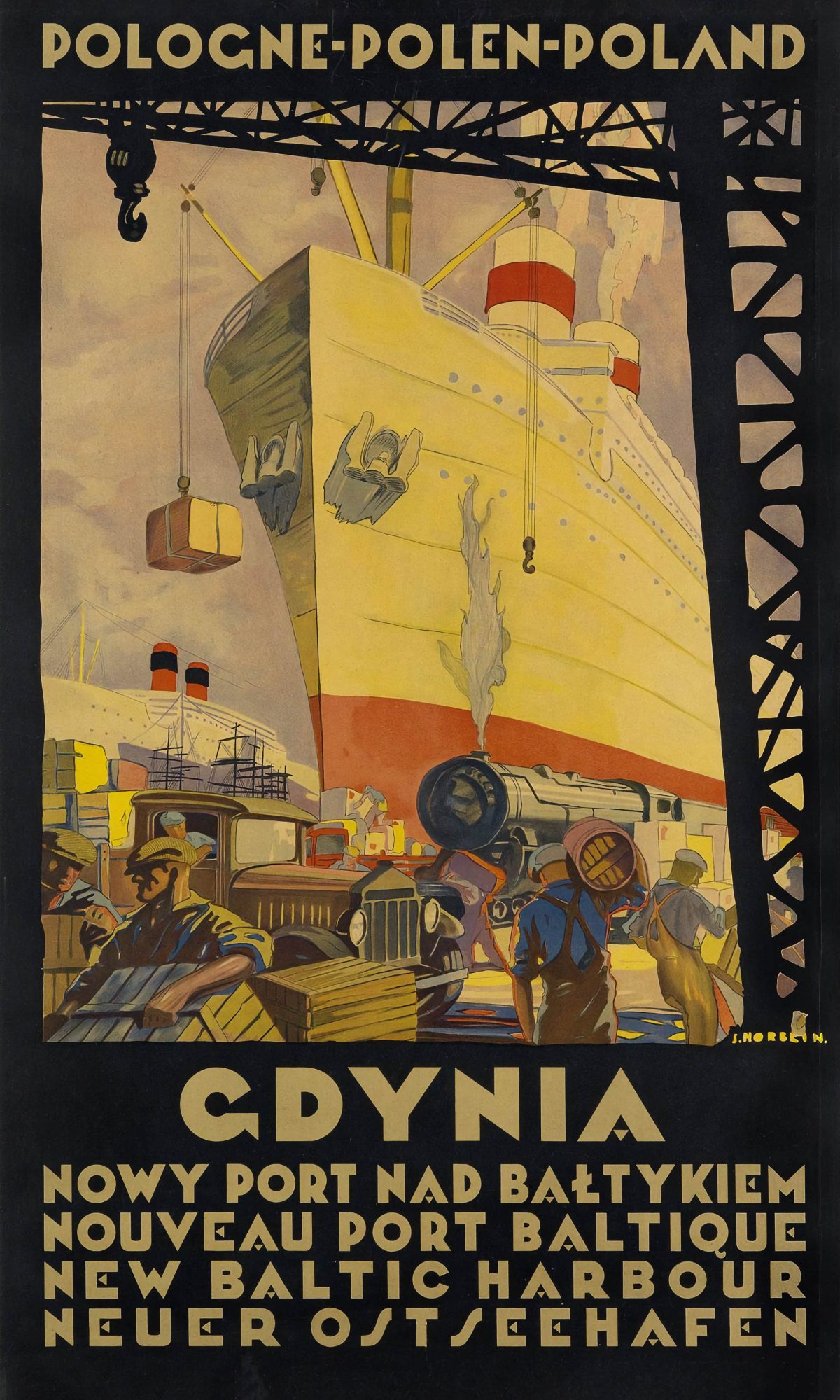
Gdynia by Stefan Norblin – c.1930. Buy Stefan Norblin Prints in the Shop.
Buy Stefan Norblin Prints in the Shop.
Would you like to support Flashbak?
Please consider making a donation to our site. We don't want to rely on ads to bring you the best of visual culture. You can also support us by signing up to our Mailing List. And you can also follow us on Facebook, Instagram and Twitter. For great art and culture delivered to your door, visit our shop.
